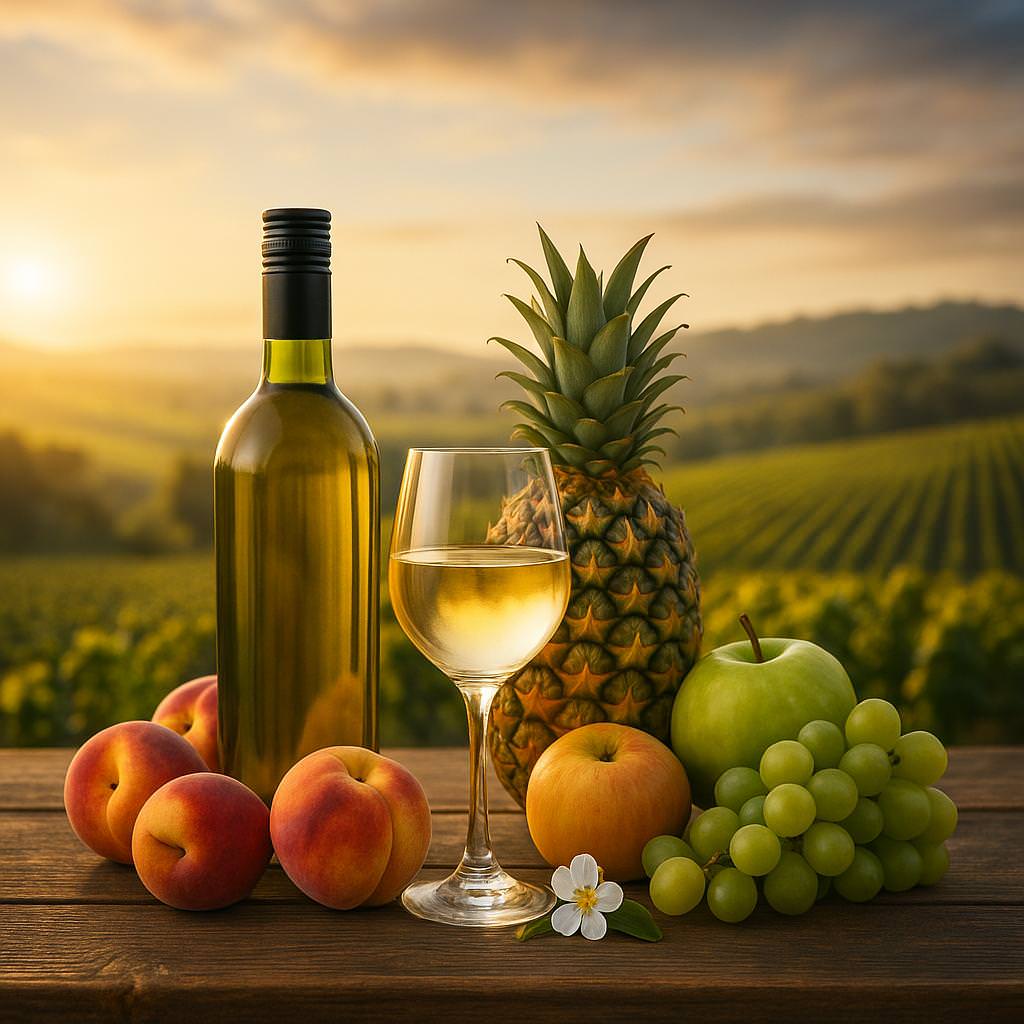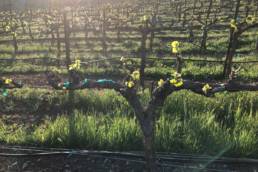Post and Courier – August 2025 – Delicious Misfit Wines
Although we are just exiting the so-called dog days of summer, nature seems reluctant to offer any relief from the triple digit heat indexes. This is the time of year that wine producers and their PR brethren are reluctant to ship any bottles to your favorite beverage writer. Rightfully so as extreme heat and strong sunlight can severely reduce the wine’s quality, even in a short period of time. As I am type-A and a devout planner, I have a placed a few gems aside so my loyal readership will not have to go without.
Honestly, many of the bottles I “set aside” had little to do with quality or appeal but rather their distinctiveness made them difficult to place and somewhat incompatible with my selected story lines. As necessity is the mother of invention, I have decided to make the uniqueness of these wines the subject in itself. Thus, I have a cohesive way to present these interesting wines and you are not denied your monthly dose of my pithy wittiness.
Multi-Vintage Wine
The first wine hails from the Pasqua family estate on Monte Calvarina, one of Soave’s premier Italian volcanic sites. Pasqua ‘Hey French, You Could Have Made This but You Didn’t’, 3 ed. ($45), fits the unusual wine motif not for its name or its grape composition (Garganega with minor percentages of Pinot Blanc and Sauvignon Blanc) but rather by being the first Italian multi-vintage wine on the market. The wines from these different vintages are all vinified separately, stored and blended before bottling.
This particular example, the third edition, uses wines made from 2016 through 2020 for its final blend. Pineapple, peach, apple, and an orchard blossom note are readily noticeable on the nose. The dry palate has a tart mineral laden acidity and a textured mouth feel, giving a nod to the use of skin contact during production. Being unusual and delicious was more than enough for this wine geek to pour a second glass.
PIWI grape varieties
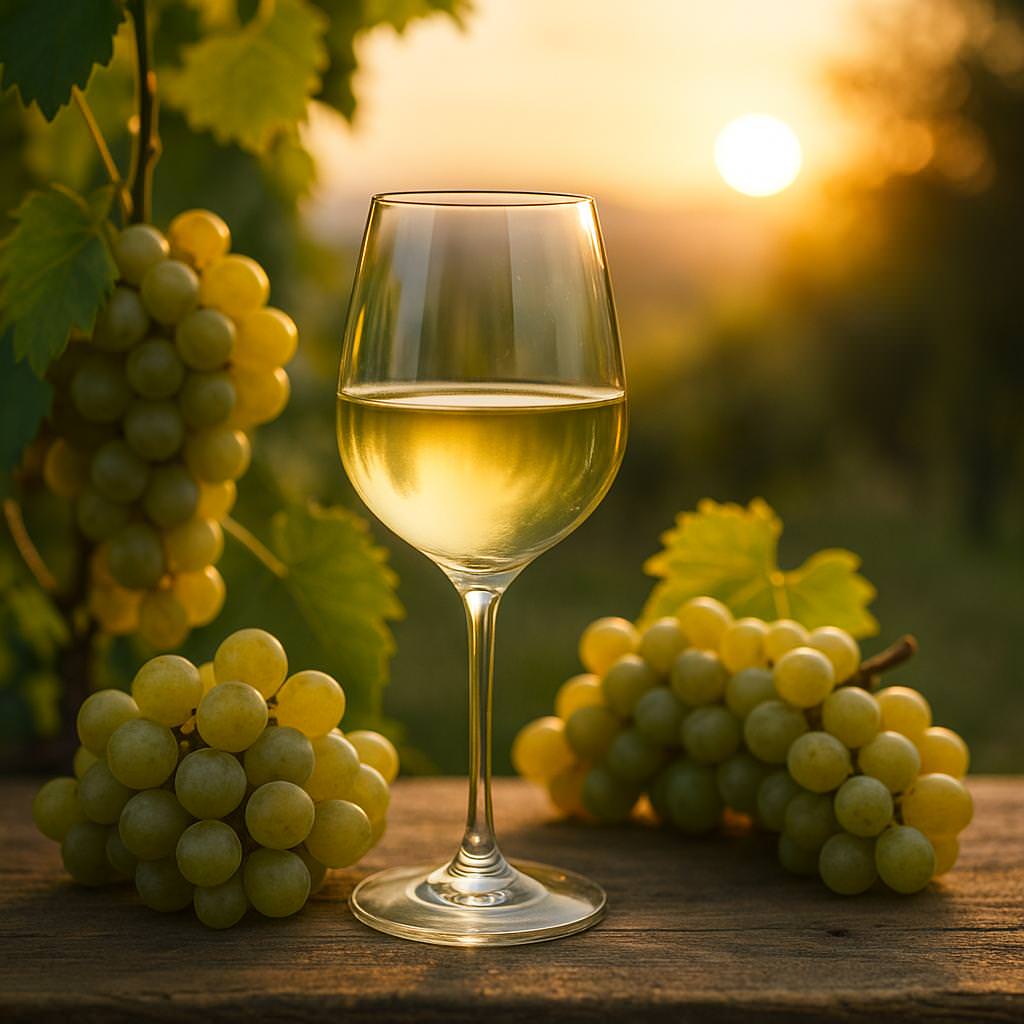 Wines made from the PIWI grapes fill our next slot for unique wines. PIWI is an acronym for the German word, Pilzwiderstandsfähig, roughly translating to “fungal resistant.” This refers to a group of varieties that were intentionally bred from different Vitis species to resist common fungal diseases thus resulting in a significant reduction in the use of pesticides. Decades of research and breeding have gone into this forward-thinking endeavor that now show over 100 PIWI grape varieties planted in over fifteen different countries.
Wines made from the PIWI grapes fill our next slot for unique wines. PIWI is an acronym for the German word, Pilzwiderstandsfähig, roughly translating to “fungal resistant.” This refers to a group of varieties that were intentionally bred from different Vitis species to resist common fungal diseases thus resulting in a significant reduction in the use of pesticides. Decades of research and breeding have gone into this forward-thinking endeavor that now show over 100 PIWI grape varieties planted in over fifteen different countries.
The Donauriesling was bred at the College for Viticulture and Oenology and Fruit Growing in Klosterneuburg, Austria. The variety contains genes from Vitis aestivalis, Vitis cinerea, Vitis rupestris and Vitis vinifera. Our example, Winzer Krems Sandgrube 13 Donauriesling 2022 ($20), hails from about 70 km west of the Austrian capital of Vienna at Sandgrube 13, a cooperative of about seven hundred wine growers.
This example of Donauriesling shows the wine has the ability to mature and improve in bottle. The aromatics are somewhat Riesling-esque with a blend of orchard fruit components (apple, pear, peach), lime zest, subtle baking spice and a slight petrol note. The palate has a carry-over of fruit from the nose, a mouth-coating viscosity, and a sturdy linear acid core.
More PIWI Wine
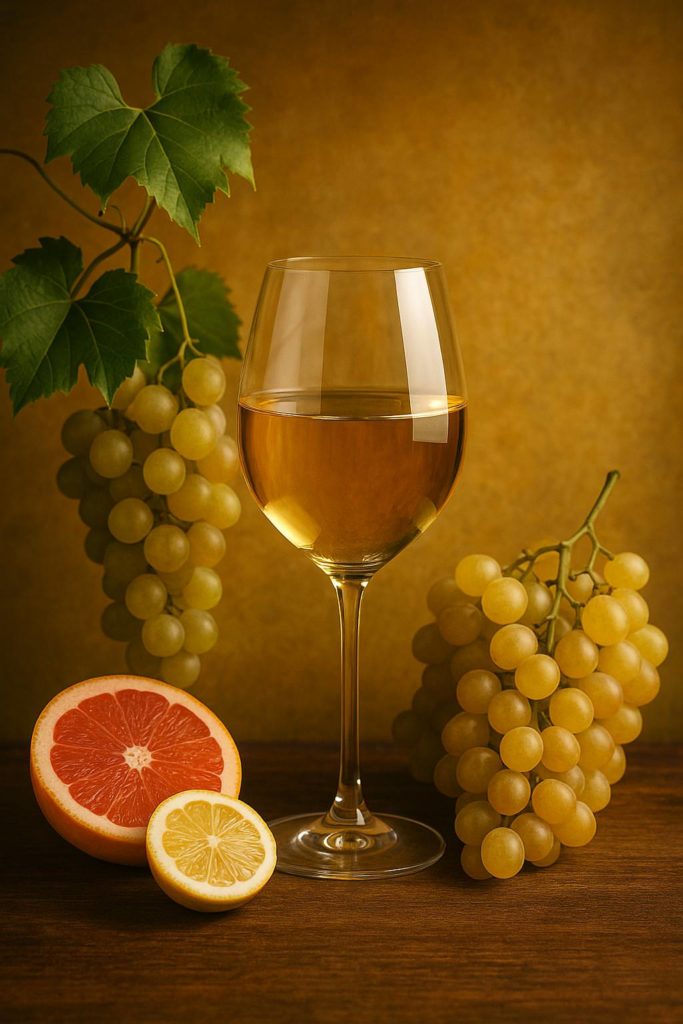 Another example of a PIWI variety making great wine is the Muscaris grape. This variety was developed in Freiburg, Germany at the State Institute of Viticulture by crossing Solaris and Muskateller (Muscat) grapes. Muscaris can be used in dry, dessert, and sparkling wines and has an interesting attribute in that the berries remain green, even when fully ripe.
Another example of a PIWI variety making great wine is the Muscaris grape. This variety was developed in Freiburg, Germany at the State Institute of Viticulture by crossing Solaris and Muskateller (Muscat) grapes. Muscaris can be used in dry, dessert, and sparkling wines and has an interesting attribute in that the berries remain green, even when fully ripe.
The Renner Thirsch Muscaris 2020 ($30) hails from the Neusiedlersee growing region of Austria and offers a particularly splendid version of a dry Muscaris. The aromas are a combination of pink grapefruit, dried tarragon, herbal tea, apricot skin and a lovely Gewürztraminer like perfumed note. The palate has some notable tannin structure with flavors of herbal tea, citrus pith and a pleasant slightly bitter finish. This wine challenges the norm and its one that you really have to seek out and try.
Symphony Variety
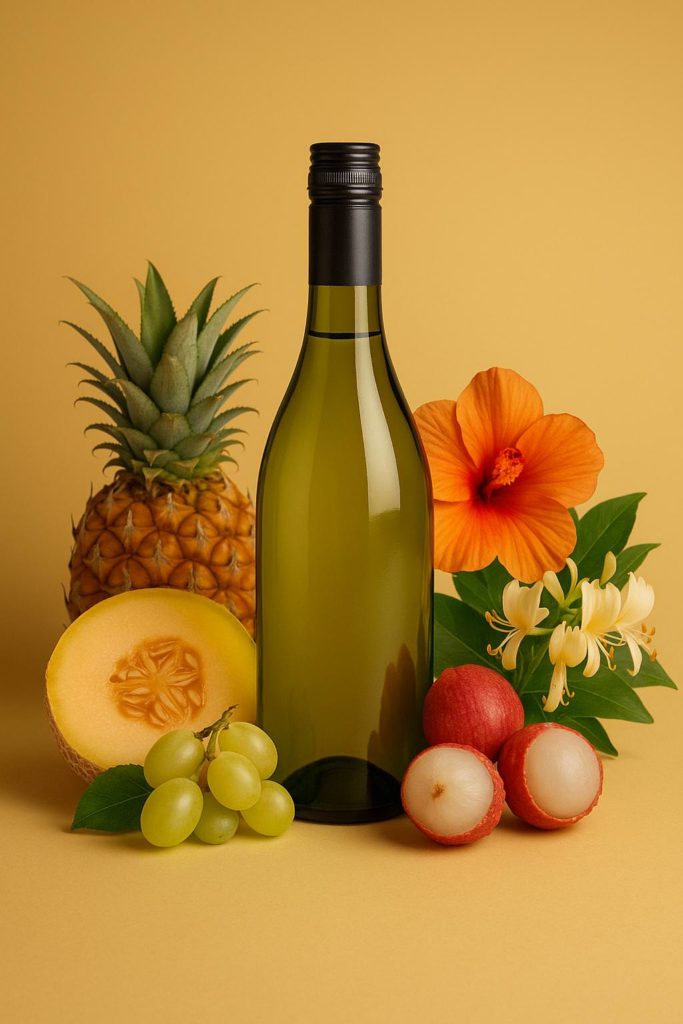 The final unusual variety comes thanks to the work of Dr. Harold Olmo, a grape breeder working in the Department of Viticulture and Enology at UC-Davis in the 1940s. Symphony is a cross of two vinifera varieties, Muscat of Alexandria and Grenache Gris and although it does make some varietal wines, Symphony is mostly used to add aromatic complexity to blends.
The final unusual variety comes thanks to the work of Dr. Harold Olmo, a grape breeder working in the Department of Viticulture and Enology at UC-Davis in the 1940s. Symphony is a cross of two vinifera varieties, Muscat of Alexandria and Grenache Gris and although it does make some varietal wines, Symphony is mostly used to add aromatic complexity to blends.
Our example, Cascade Cliffs Estate Symphony 2022 ($25), comes out of Columbia Valley, Washington and is 100% Symphony. The aromatics are varied and give a nod to the Muscat parentage with honeysuckle, orange blossom, honeydew, ginger, lychee, and pineapple all distinctly making an appearance. The palate has a citrus like acidity with a blend of floral notes dancing with tropical citrus fruit. I honestly have limited experience with this grape, but if this is the prototypical varietal wine from Symphony, I certainly need to find more.
I truly hope you not only benefitted from my harboring of unusual grape varieties, but also intend to seek out and experience them for yourself. These are but a short list of grapes and wines that seem to avoid popularity for a number of reasons. If we want to prevent the wine industry form becoming condensed to a few “well-recognized” varieties, we need to drink like we think, broadly, diversely, and continuously.

